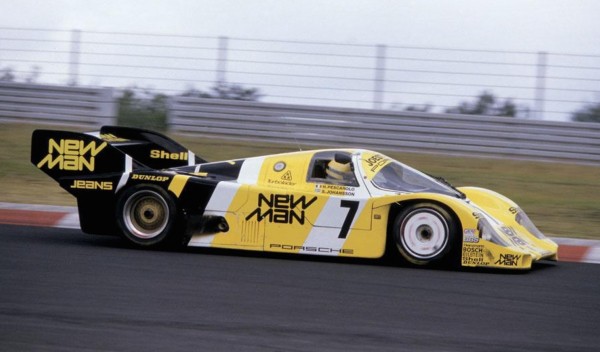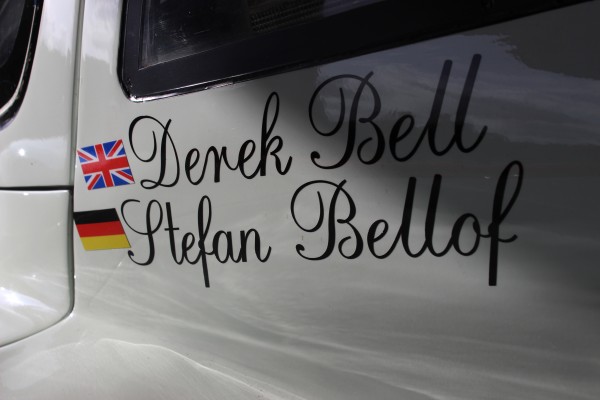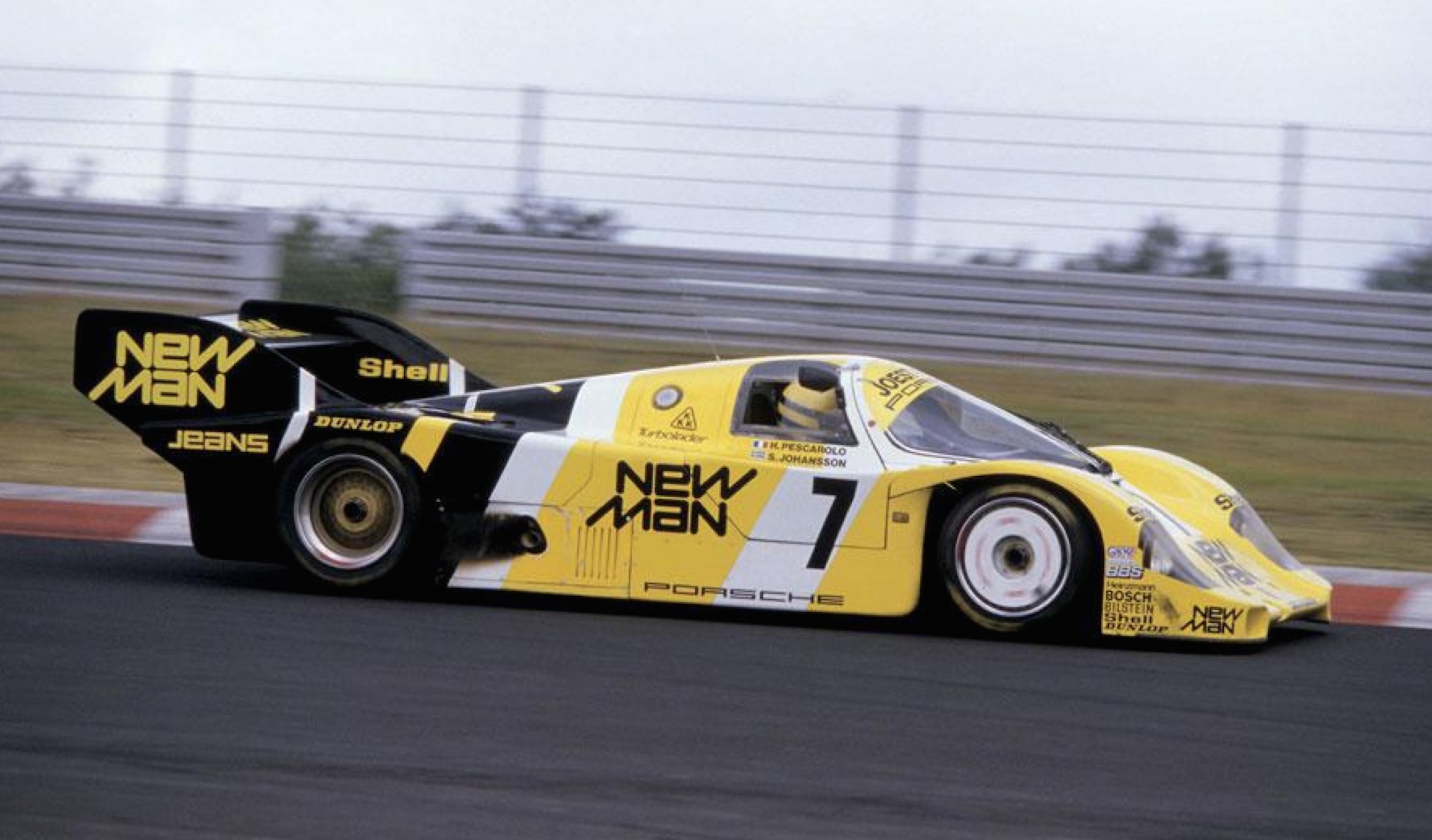
Next month, international sports prototype racing returns to Germany. It will be the first time since the beginning of the FIA WEC that the series has raced in Germany, and the first time that LMP1 cars have raced at the Nürburgring since 2009. This year the FIA WEC will race on the Grand Prix layout of the circuit. We thought we would take a trip down memory lane to the first endurance race on the circuit, 31 years ago – involving a certain A. Senna.
The year was 1984 and for the first time, the challenge of the Nürburgring did not come in the shape of the infamous Nordschleife. The Nürburgring 1000 km that year would be run on the brand-new GP-Strecke, which had only recently been completed. Group C sportscars had the honour of being among the first racing cars to officially race on the circuit, after the track broken in by some of Formula One’s legends in a Mercedes 190 single-make race.
As was the way in Group C racing in the 1980s, almost the entire field was made up of Porsches of one kind or another. However, in July 1984, it was not the works Porsche team that was bathing in the fresh glow of victory at Le Mans one month previously. The privateer Joest Racing team had taken the win at the endurance classic in their Porsche 956 for the first time.
The 1984 Monaco Grand Prix, run earlier that year in May, saw the birth of two motor racing stars. Stefan Bellof finished third on the road in rain-soaked Monte Carlo in his normally aspirated Tyrell, while Brazilian Ayrton Senna finished in second position in his Toleman behind future arch-rival, Alain Prost. Bellof was already a part of the works Porsche team, but Senna offered some untapped potential in terms of sportscar racing. After impressing with his Monaco drive, he was invited to race in the Le Mans-winning Porsche 956 alongside Stefan Johansson and that year’s Le Mans champion, Henri Pescarolo.
Senna took up the offer and, despite never having driven a sportscar before, was immediately quicker than his four time Le Mans winning team-mate Pescarolo. Senna set the 7th fastest individual time in qualifying, however after his team-mates times were added to the equation, the #7 new man Porsche 956 started in 9th position.
After a strong start however, the car soon hit clutch problems. The car spent 15 minutes in the garage undergoing repairs, but soon the 956 was back on track. Johansson, Pescarolo and Senna put together an excellent recovery, but time ultimately ran out for the driver trio. The race was won by the Porsche 956 of Derek Bell and Senna’s fellow Monaco star, Stefan Bellof. Senna, Johansson and Pescarolo would cross the line in 8th position, 10 laps off the lead. 
Despite finishing in the lower regions of the top 10, the #7 car would have been fast enough to finish on the lead lap and, according to Team Principal Reinhold Joest, third position.
After the race, Joest was impressed with Ayrton Senna: “He was quick since the first practice sessions. During the race, he spent around four hours talking to us, giving suggestions to make the car faster. Senna wanted to know everything about the 956. He worked in a very professional way”
Senna continued his Formula 1 career, which culminated in 3 World Drivers’ Championship wins, 41 race victories, 80 podium finishes, 65 pole positions and 19 fastest laps. As for the Joest team? They went on to win Le Mans the next year with the same car. Since then, they have become one of the most successful teams ever to compete at Le Mans, taking a hatful of victories for Porsche and Audi.
Source – Senna: All His Races – Tony Dodgins
Image 1 – Motorsport Retro (LAT Photographic)
Image 2 – WEC-Magazin (James Clarke)

